Jack Sanders is an architectural designer based in Austin, Texas, however defining his body of work is not an easy task. With his company, Design Build Adventure, Jack’s projects vary from hotel construction and public art, to renovating domestic homes and designing furniture. Remarkably, all of these limbs are connected parts of Sanders’ ever-evolving breadth of interdisciplinary work, bound by an overarching manifesto that he calls his Sandlot Philosophy: “Get to know each other. Take your time. Make something happen. And have fun.”
Jack graduated from Auburn University’s Rural Studio, an acclaimed design-build architecture program founded in the early 90s by Samuel Mockbee. Intended to teach students about the social implications of architecture, each year the program takes on building and design projects that benefit low-income communities. Jack’s thesis project, the Newbern Baseball Club, involved renovating a small county’s historic baseball field and went on to represent the Rural Studio at the 2002 Whitney Biennial.
His work remains underwritten by a Rural Studio sensibility, with, as he explains, Design Build Adventure taking on projects ultimately centered around getting to know an area – through the location, the food, the weather, the art scene, the natural materials, the history – and coming up with appropriate ways to add to what’s already there. Baseball also remains an ongoing theme. Jack’s Austin team, the Texas Playboys, is his social-turned-actual baseball team, made up of a ragtag collective of friends and local creatives. Taking a tour through Jack’s studio we get a firsthand view of work for his first exhibition at RE Gallery in Dallas, that includes prints of West Texan landscapes constructed from tortillas to collages made from repurposed target practice papers.
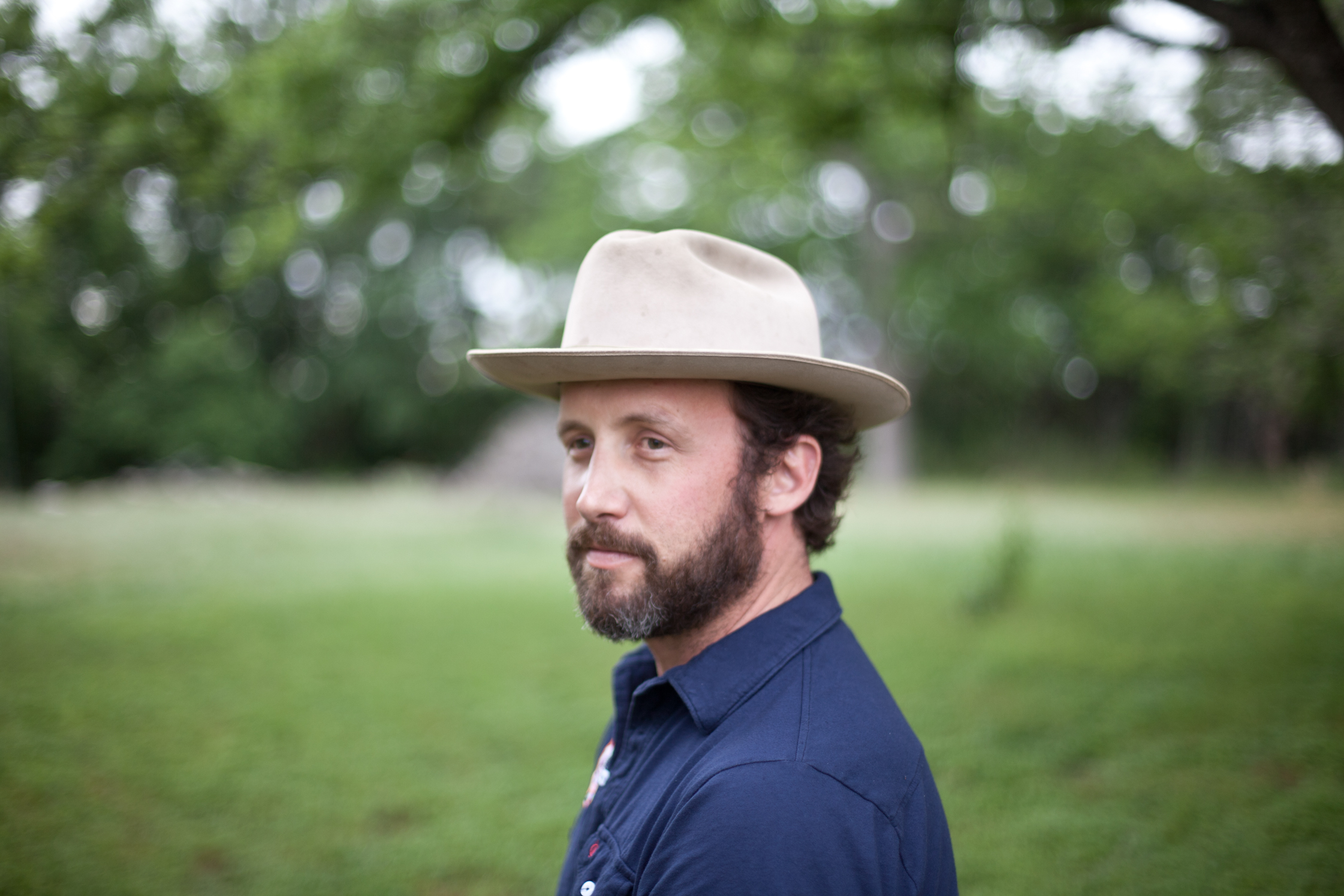
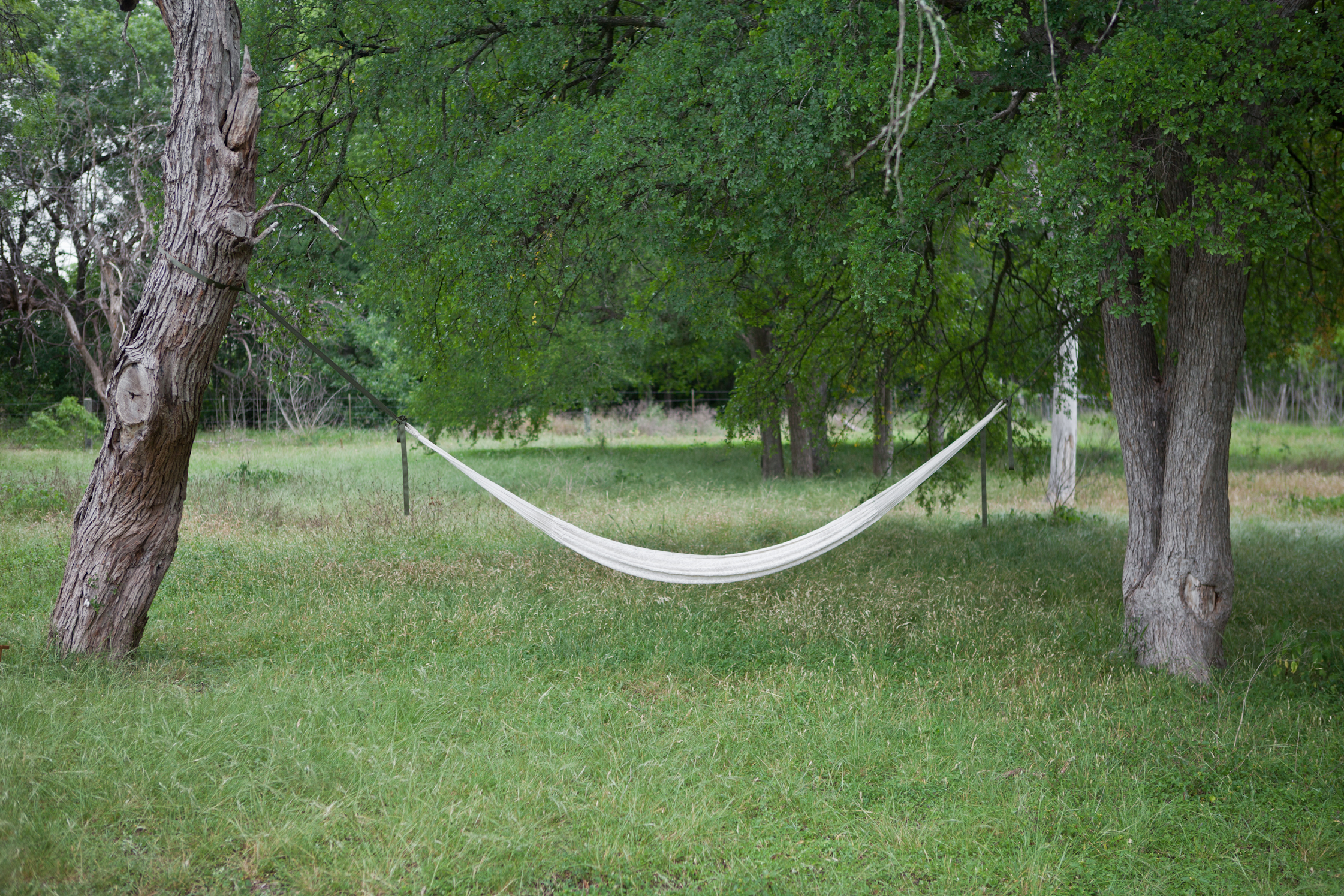
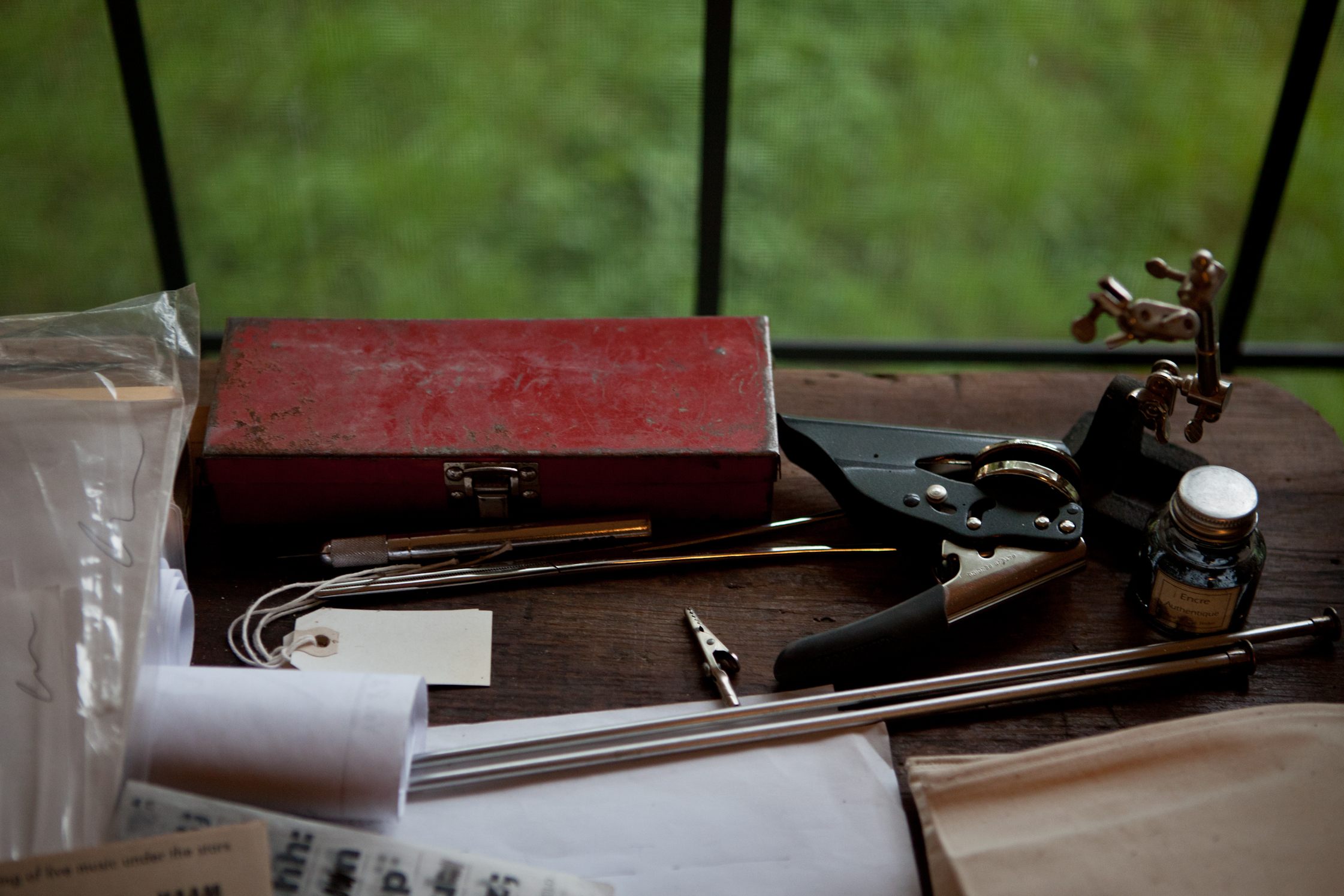
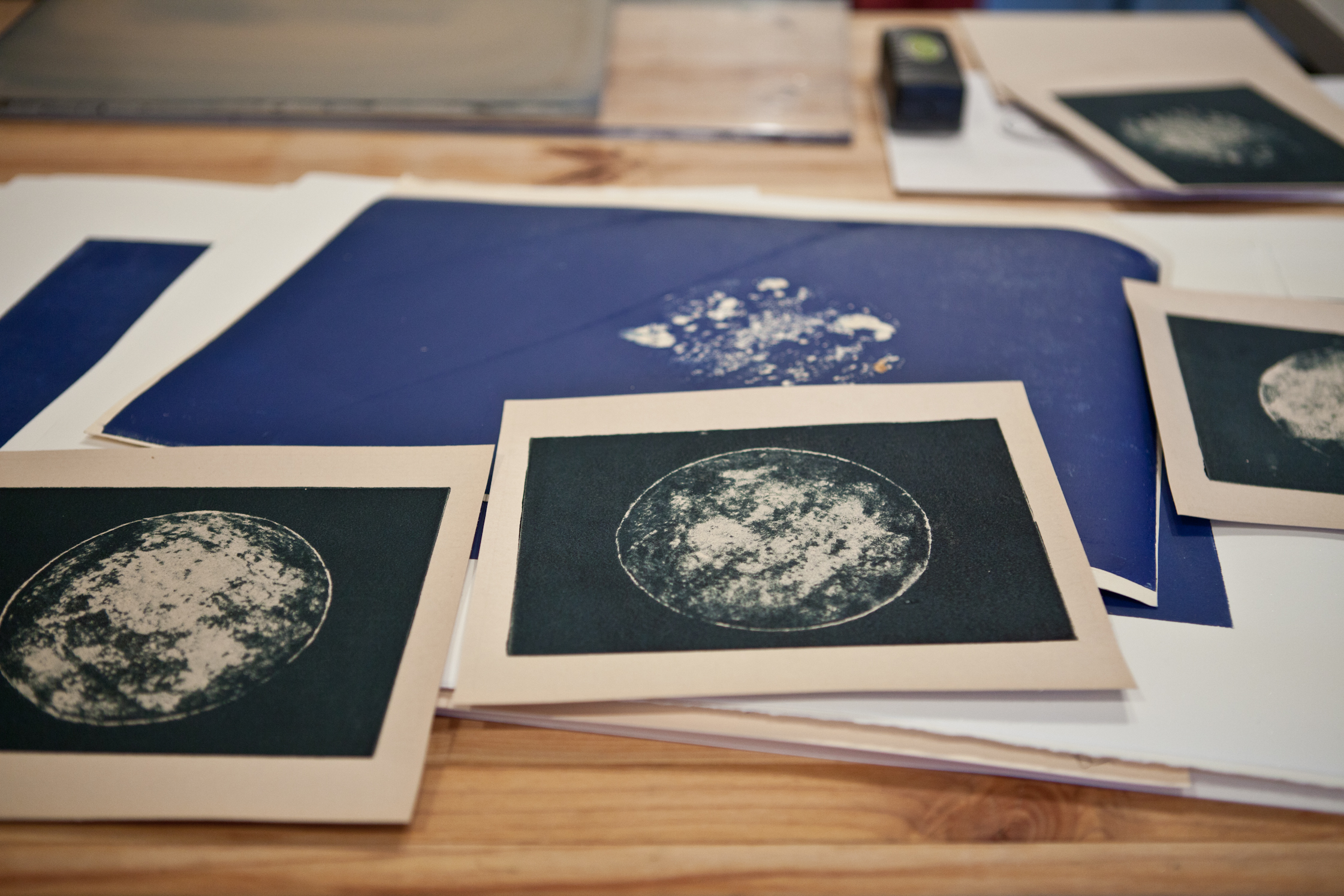
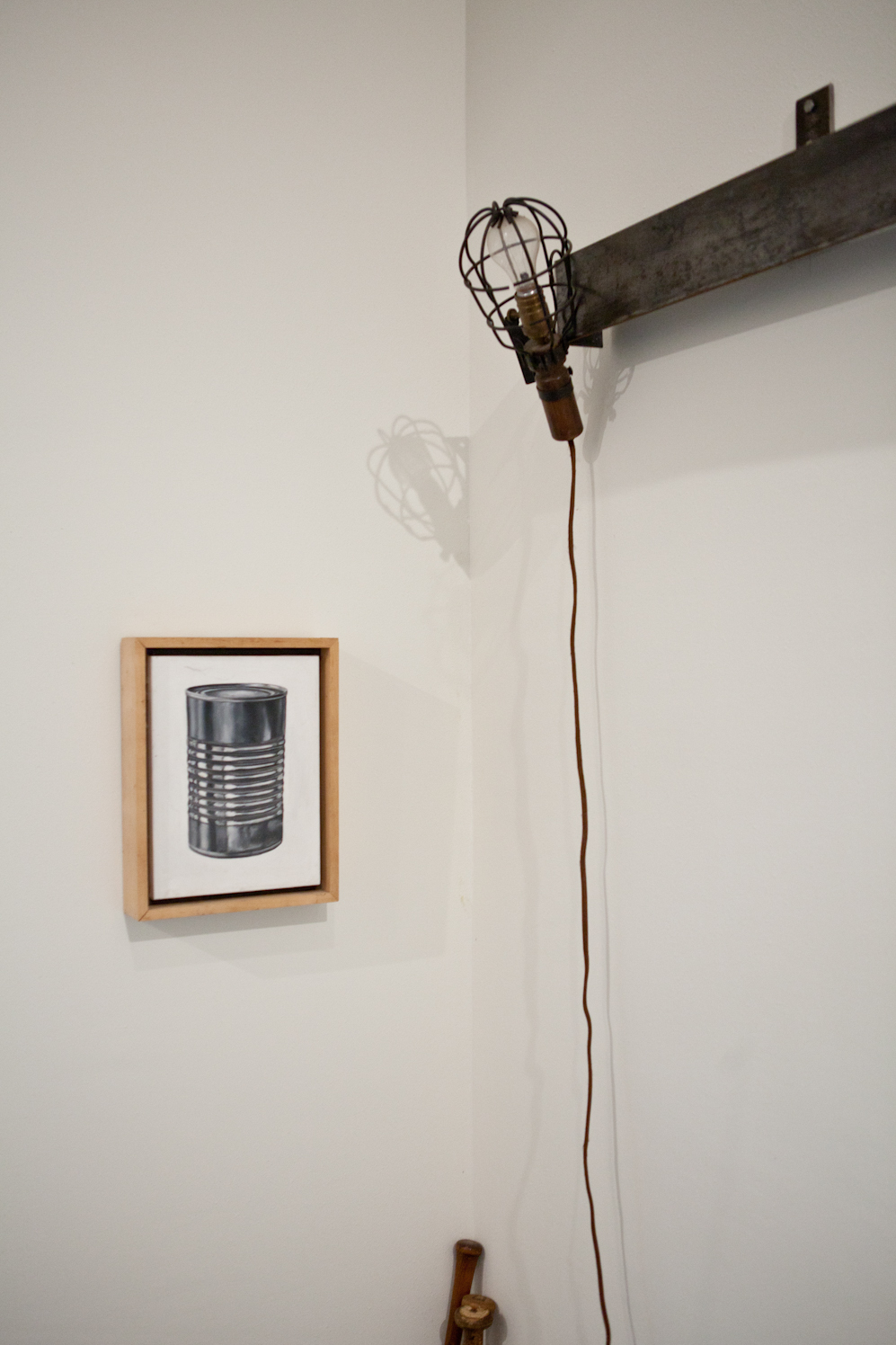
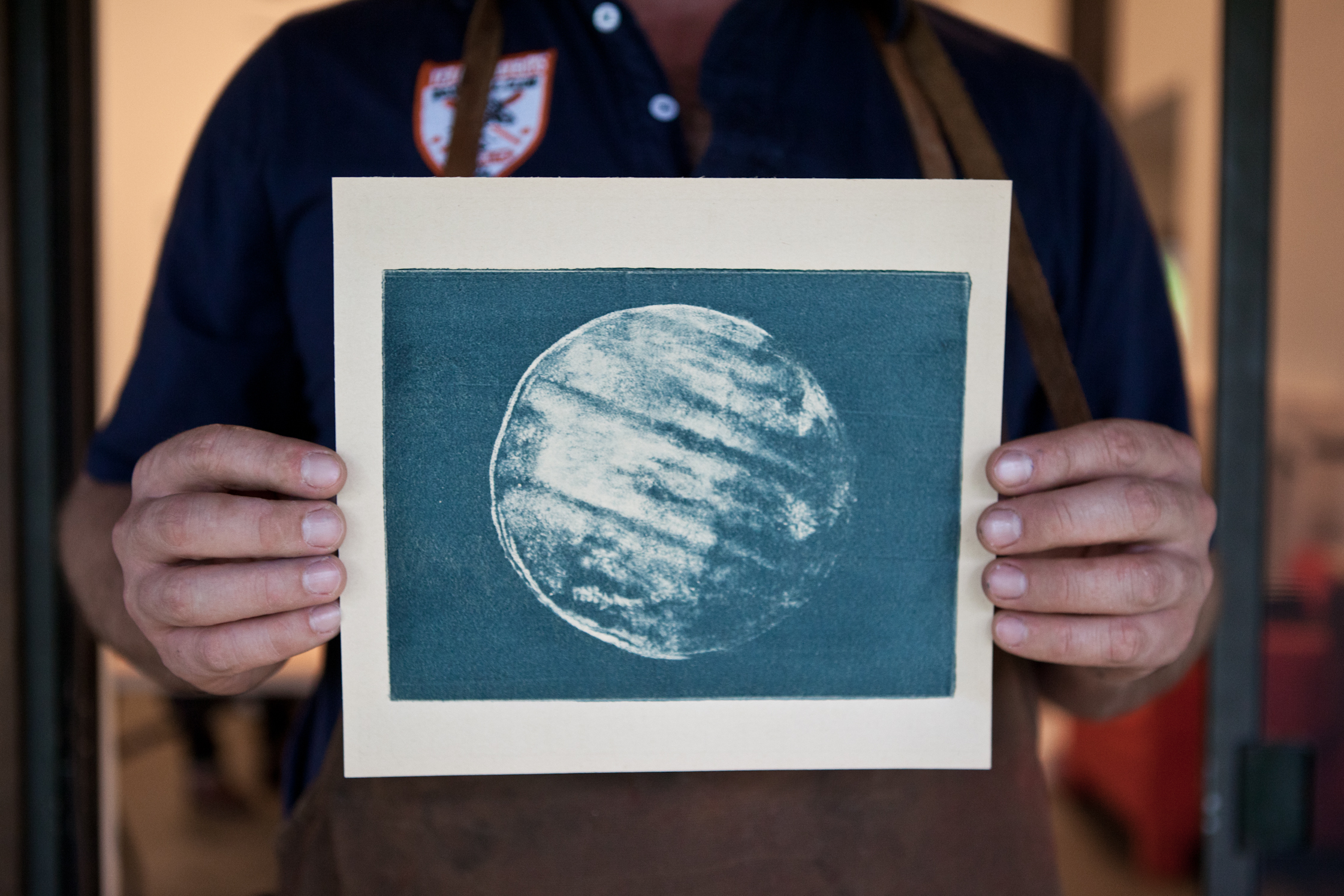
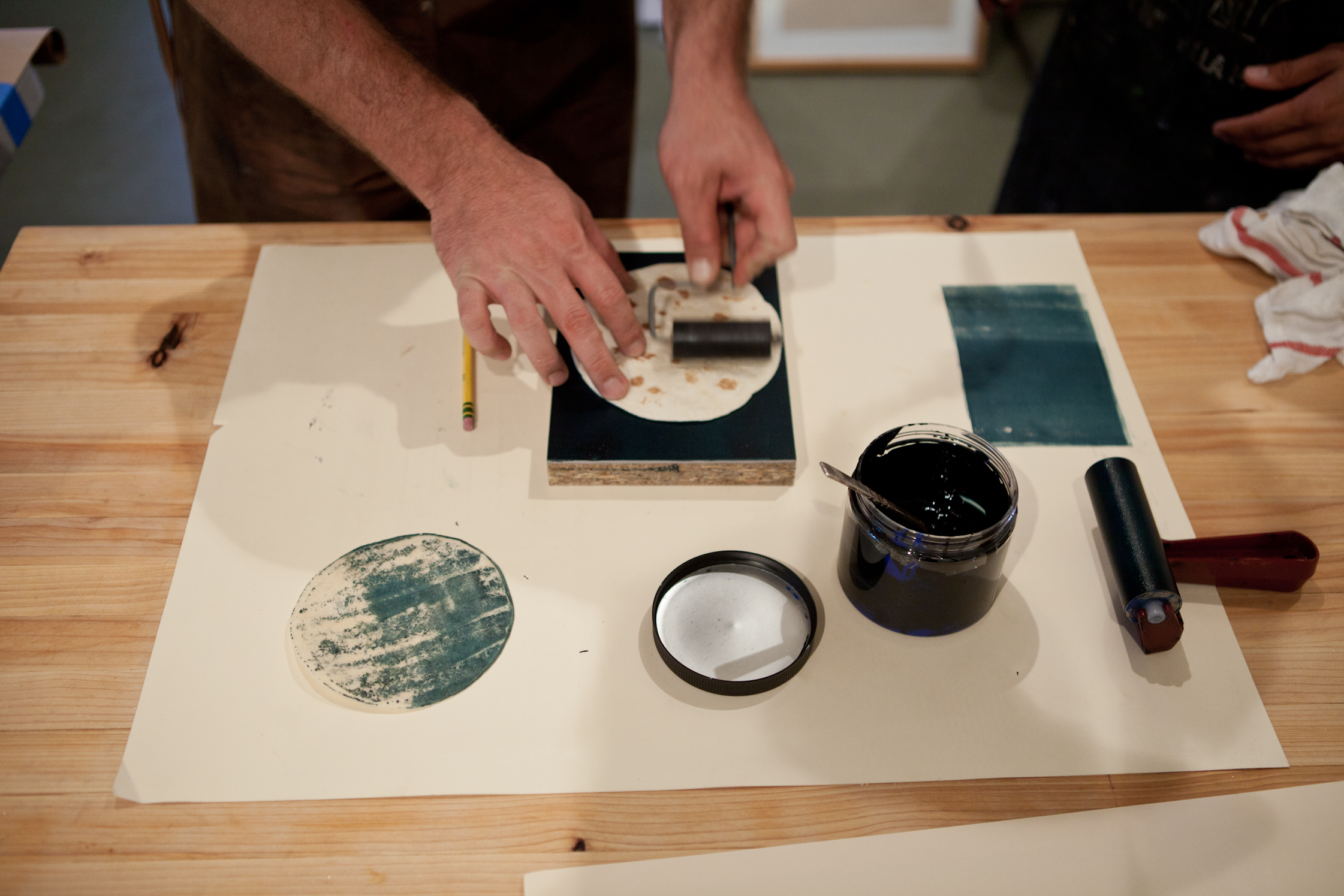
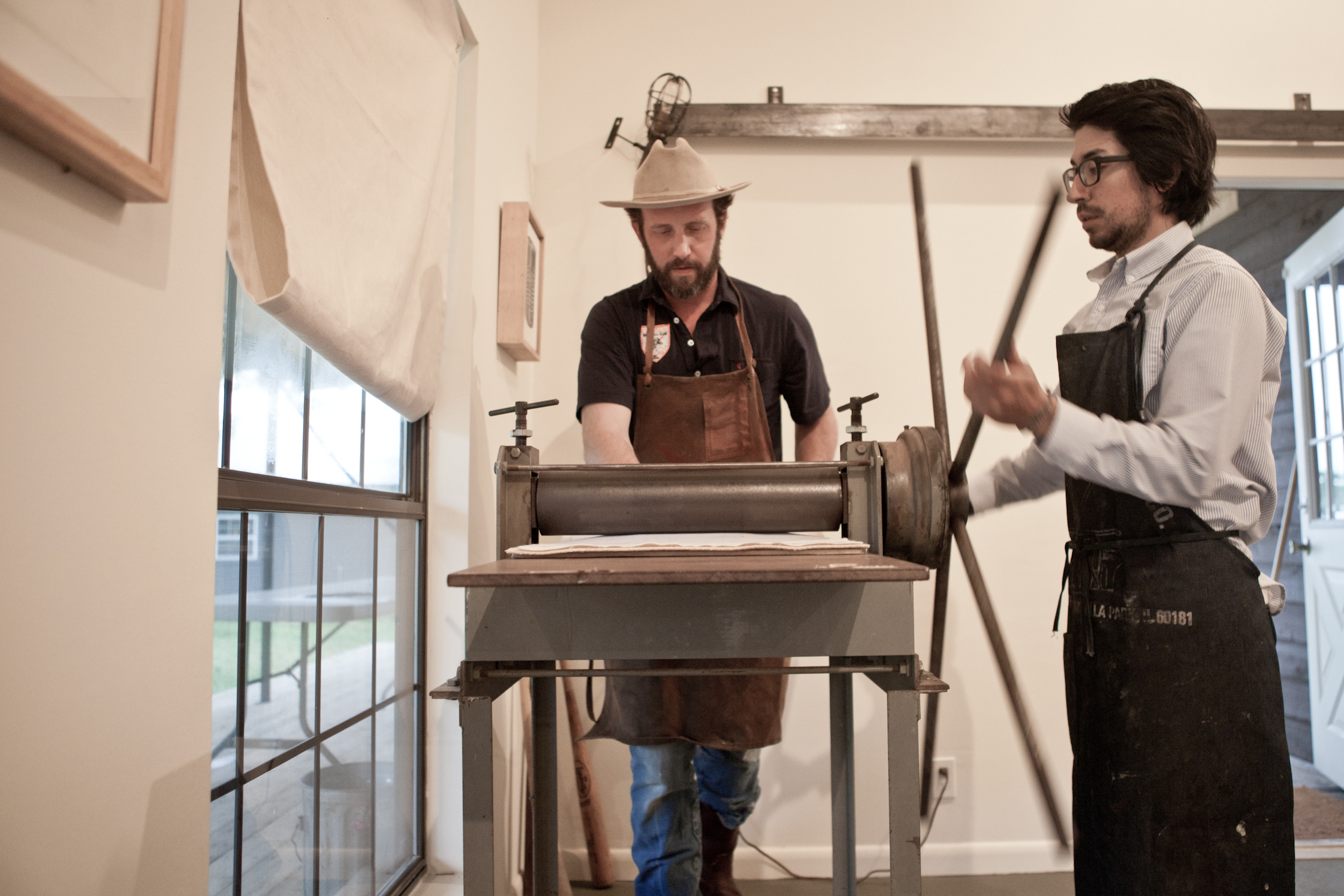
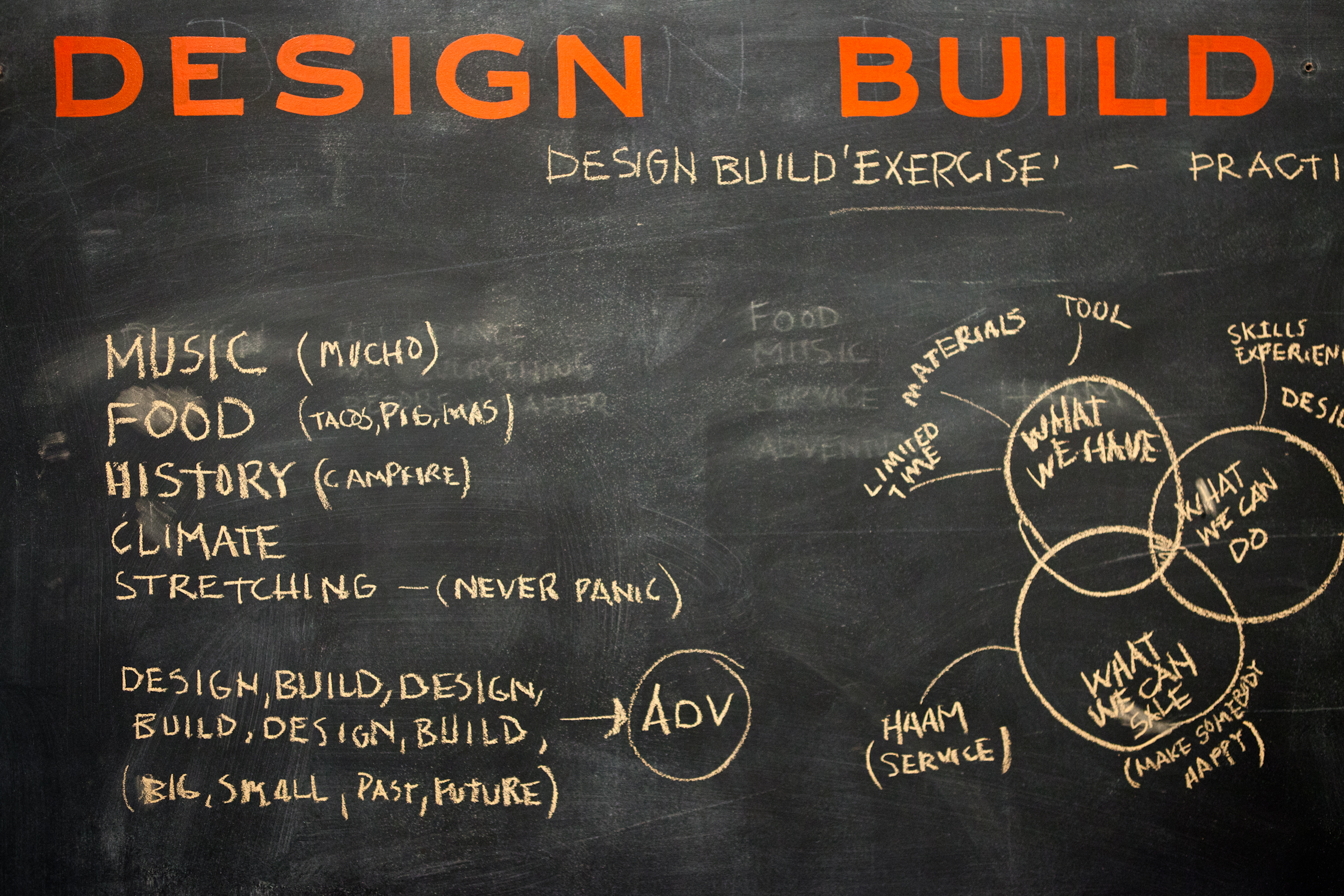
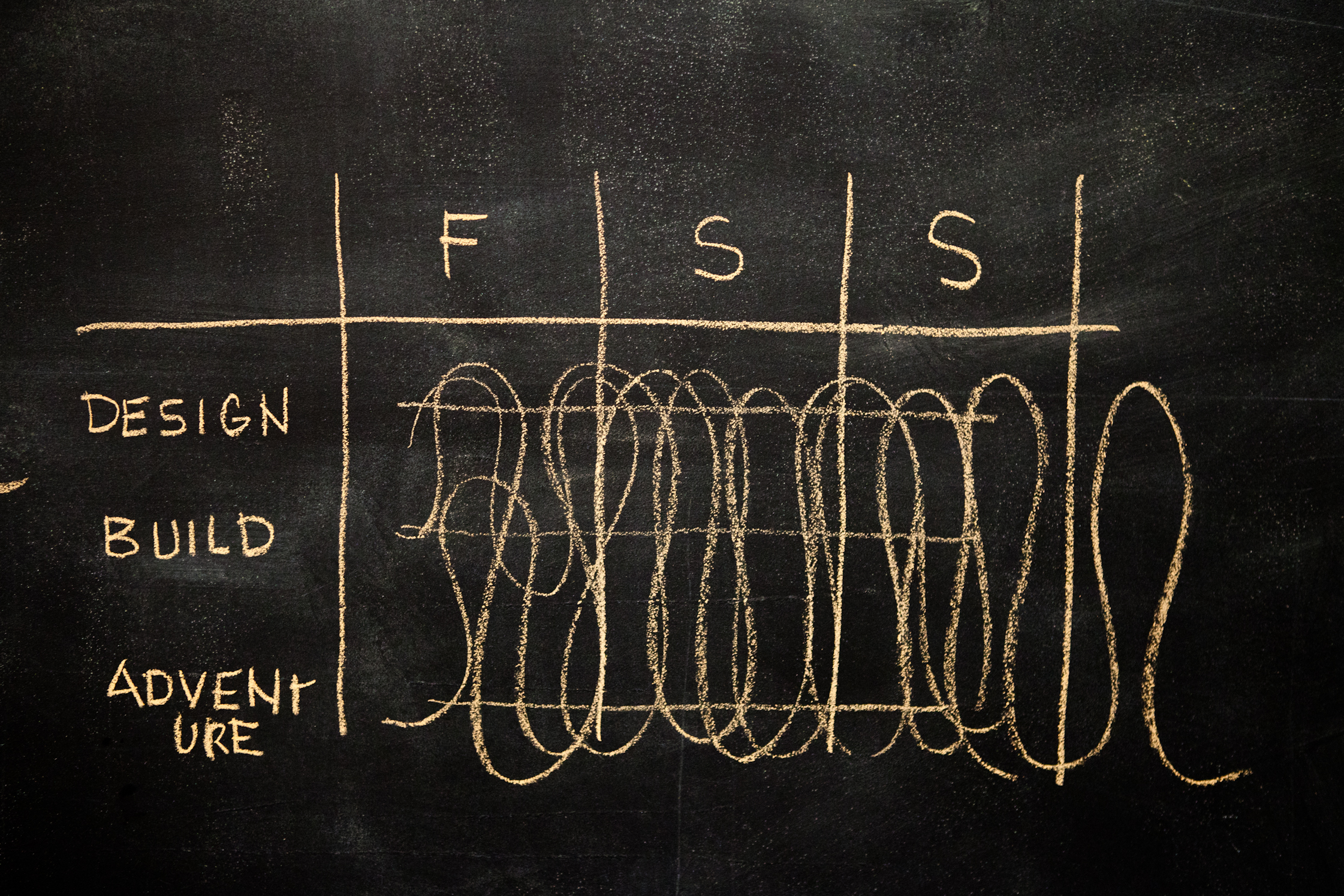
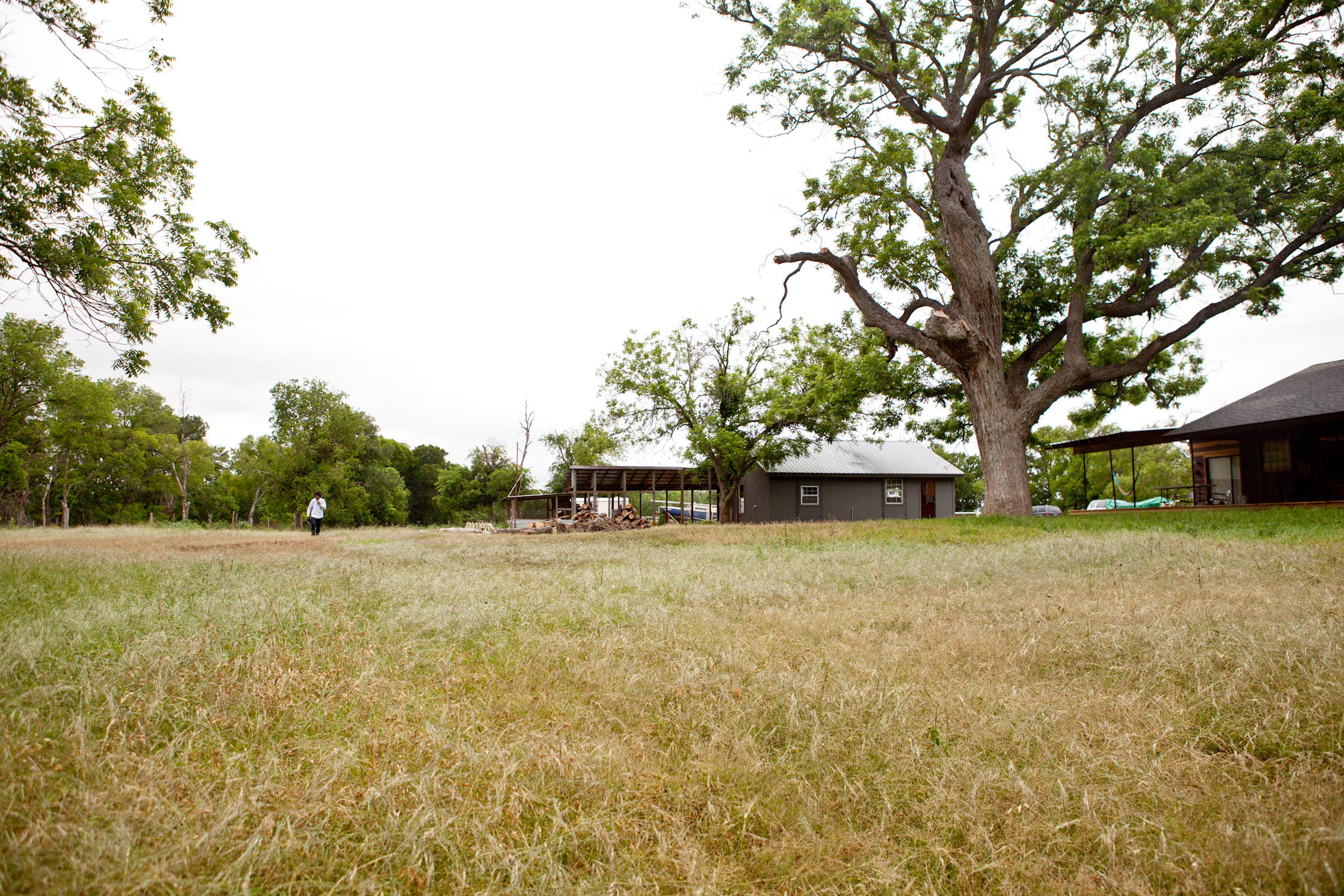
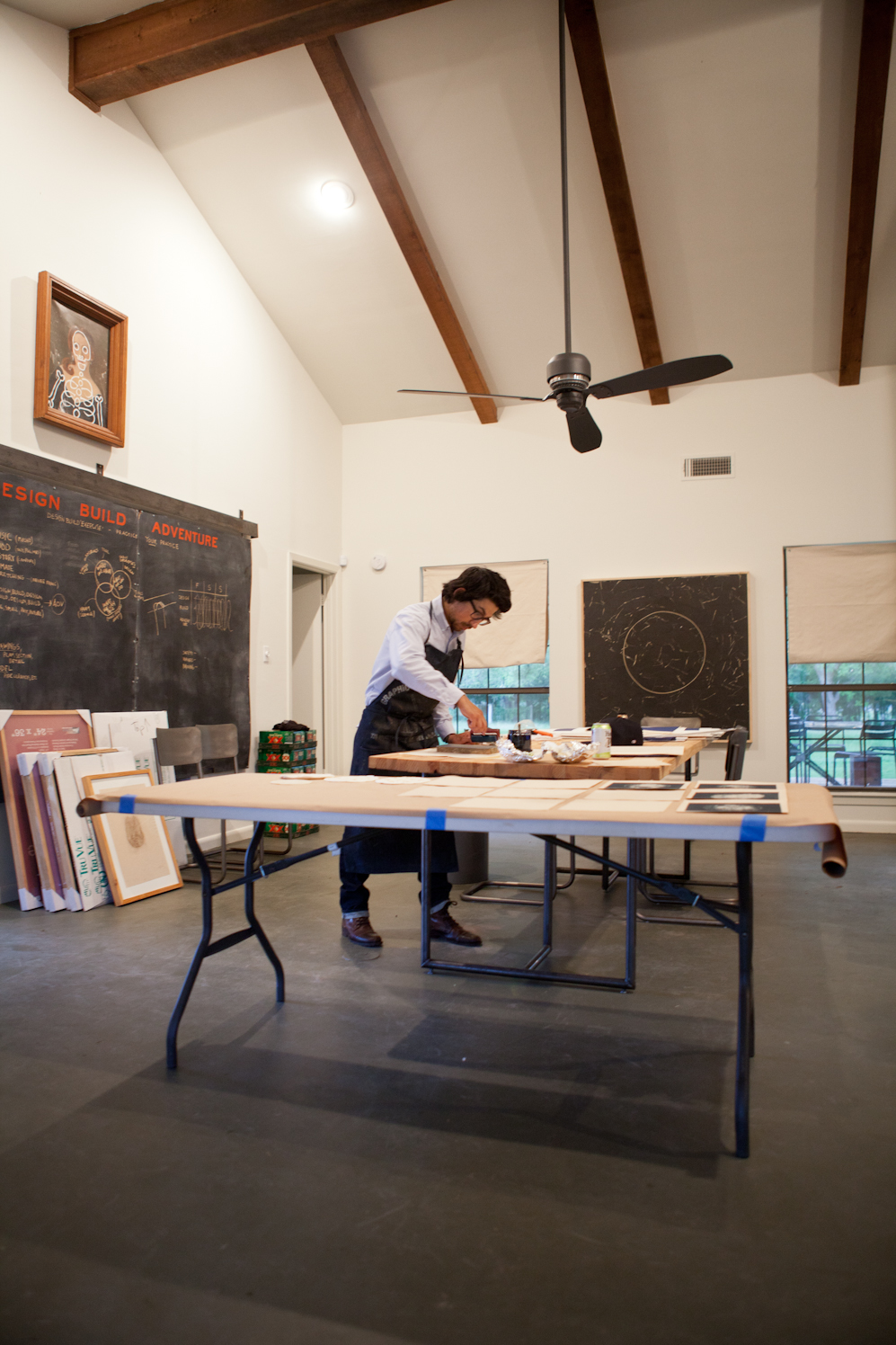
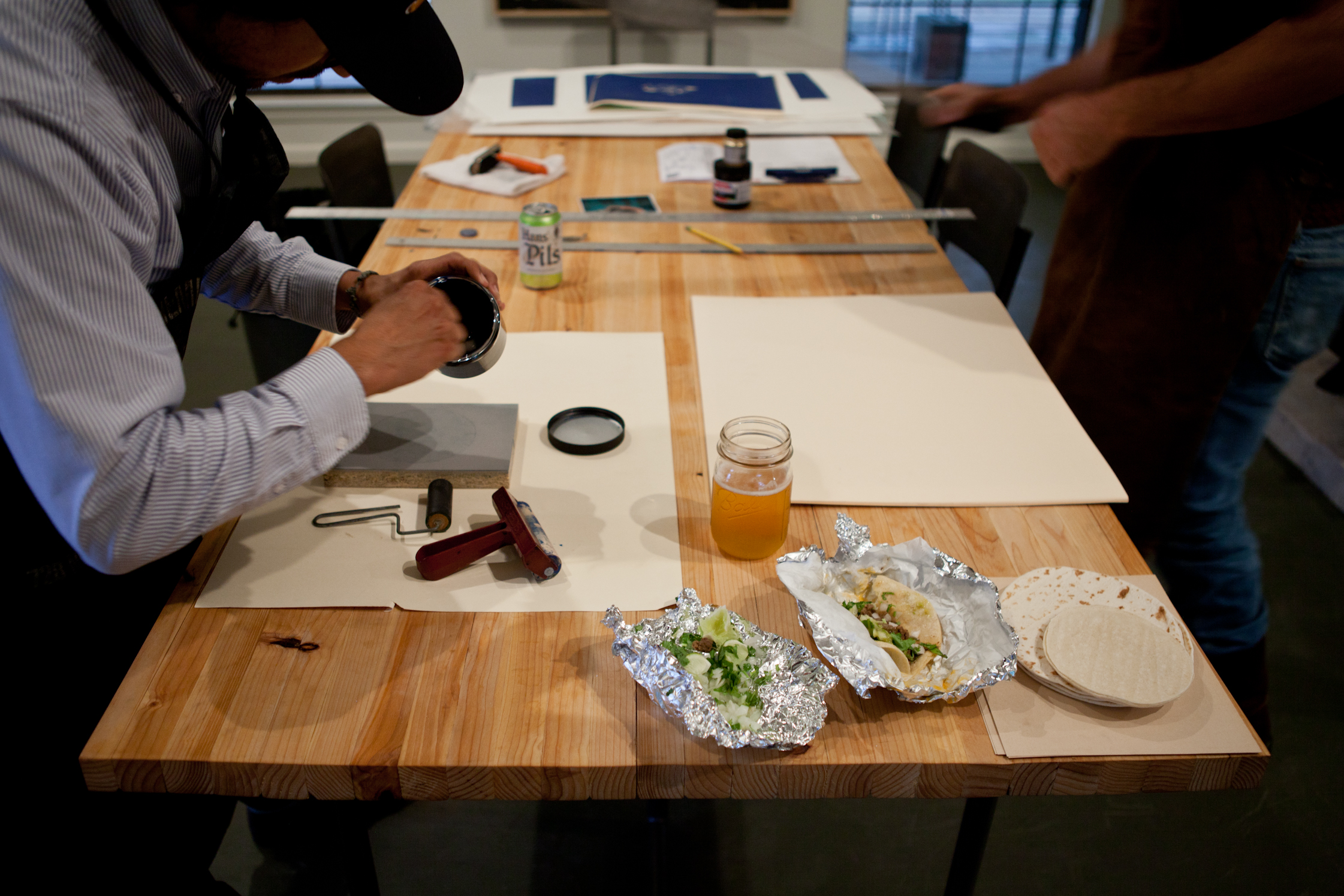
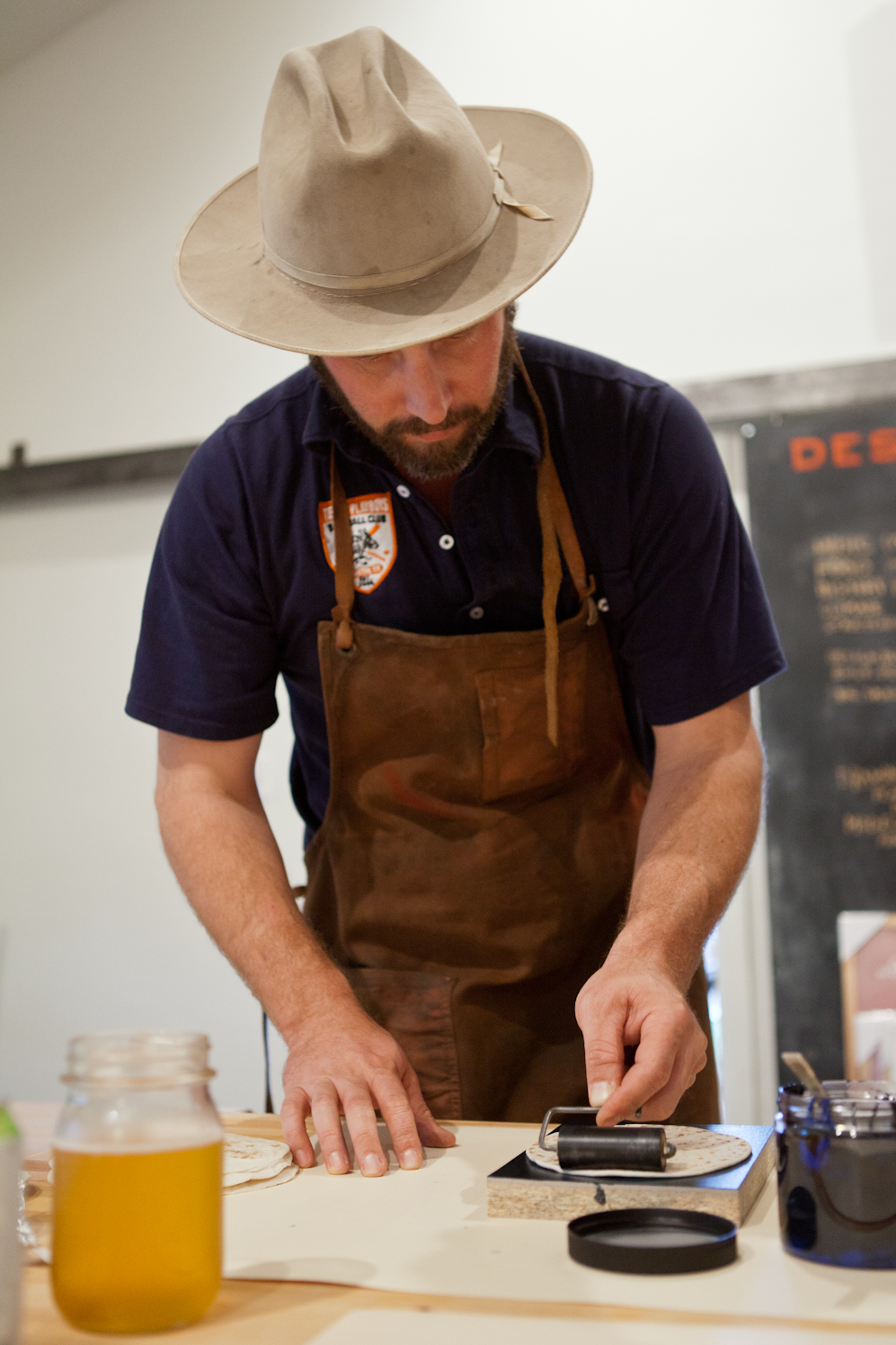
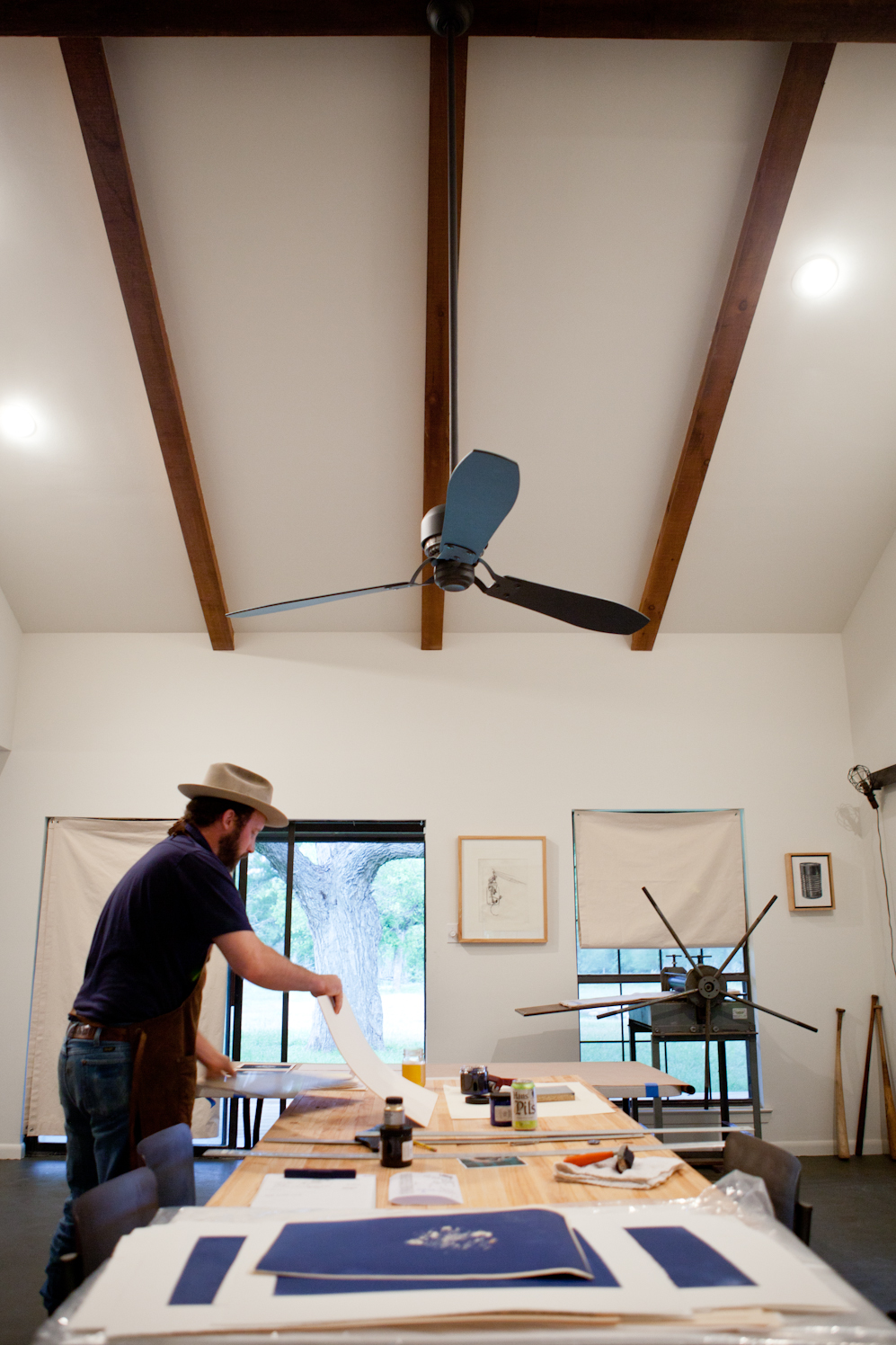
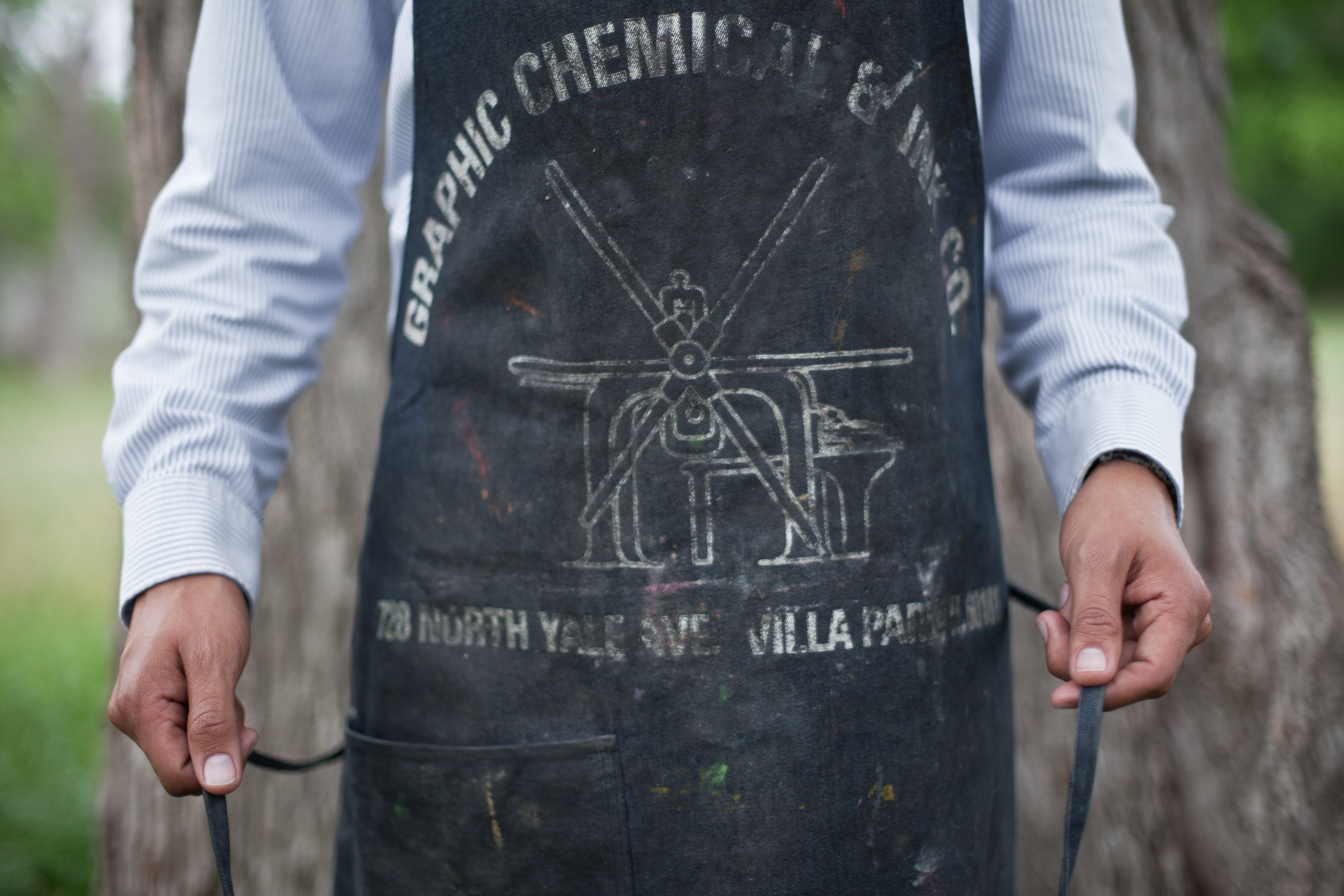
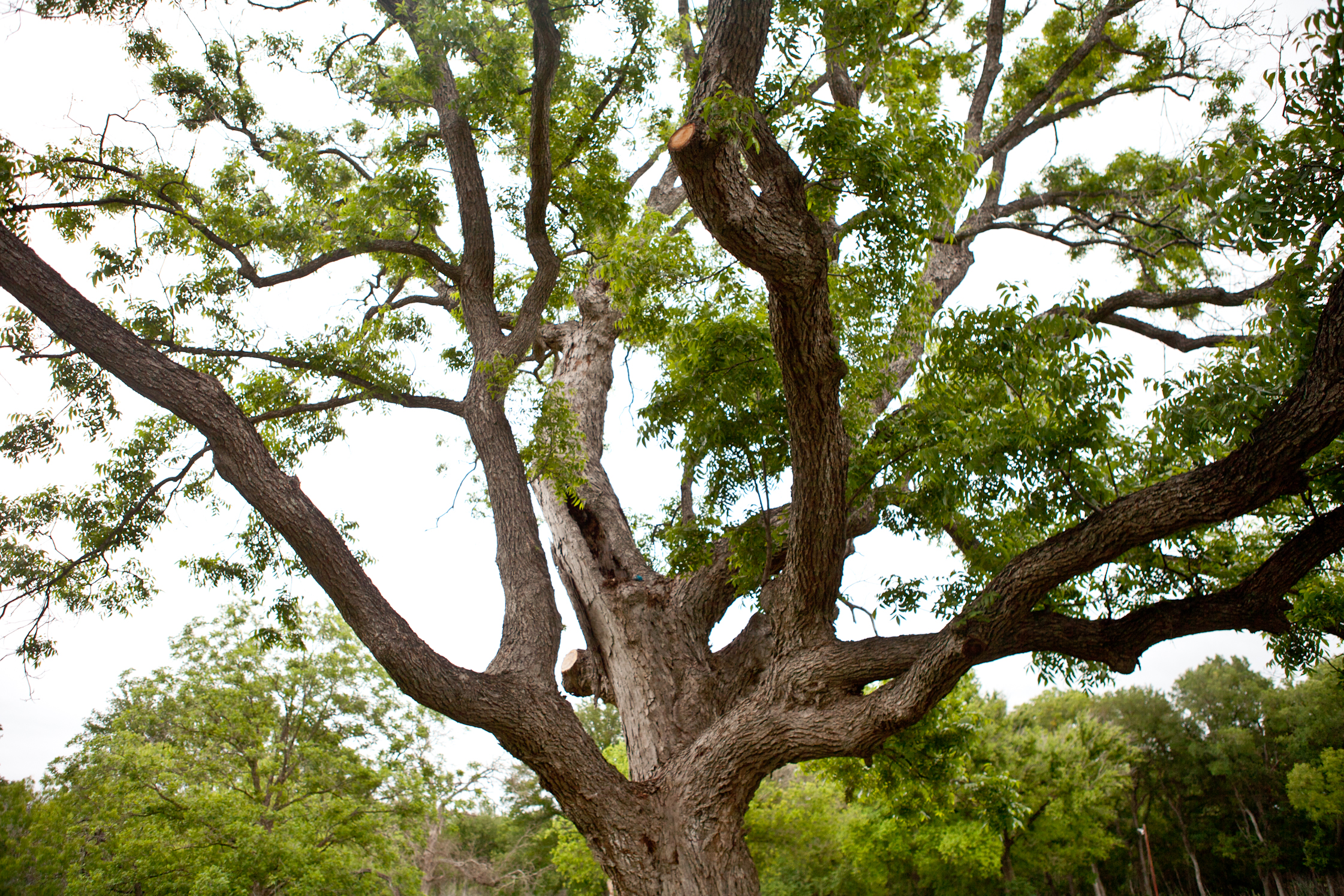
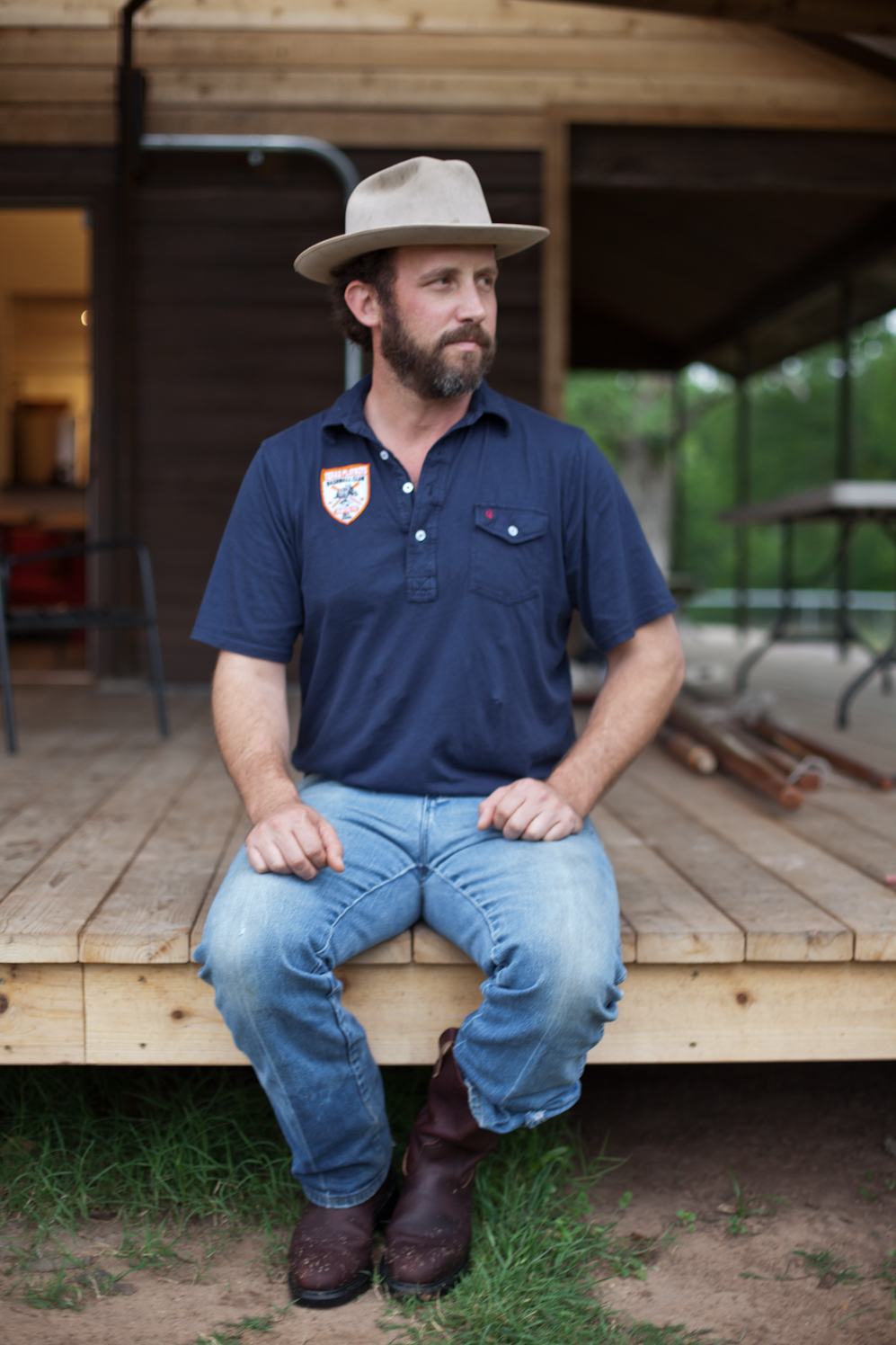
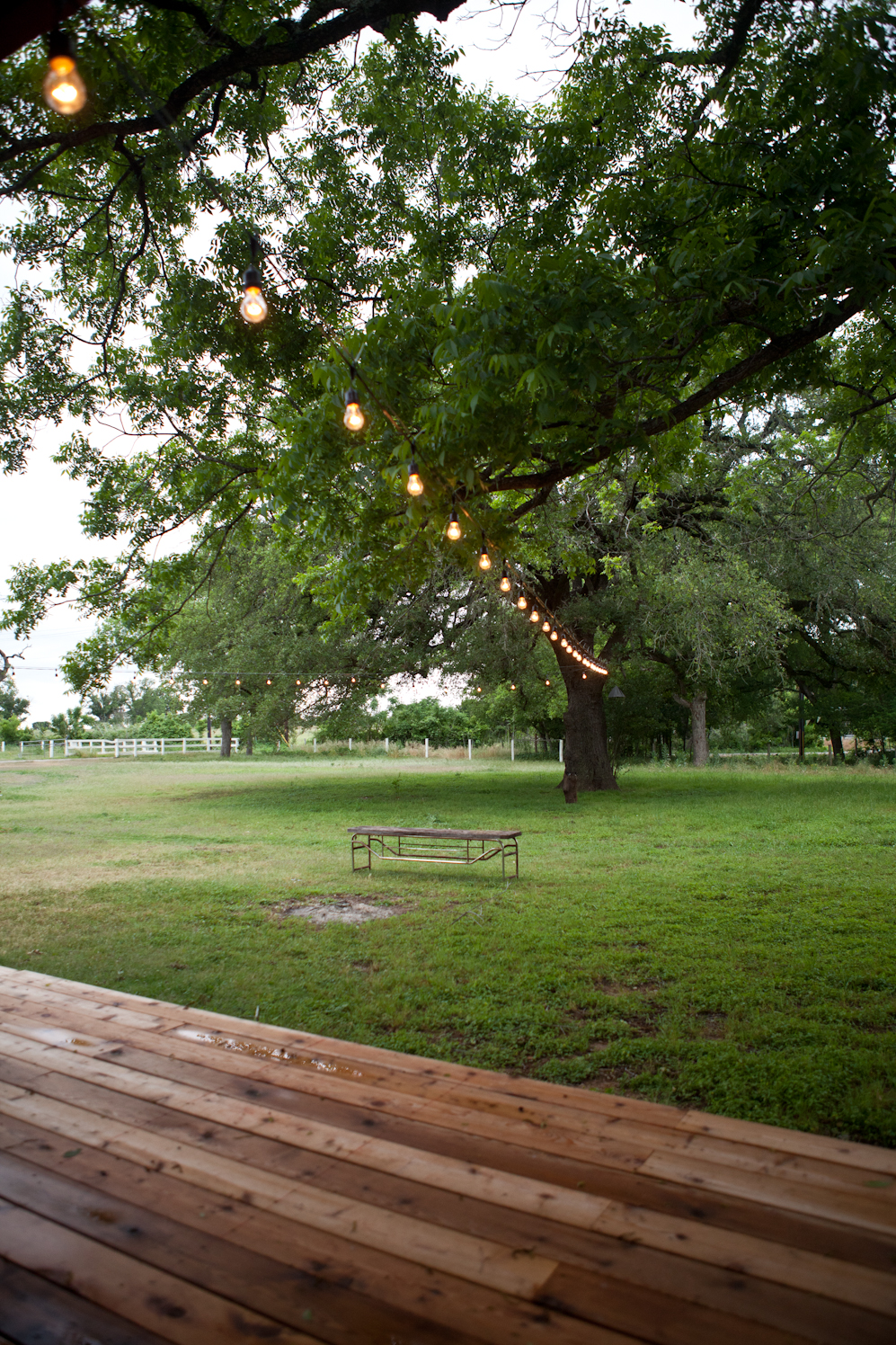
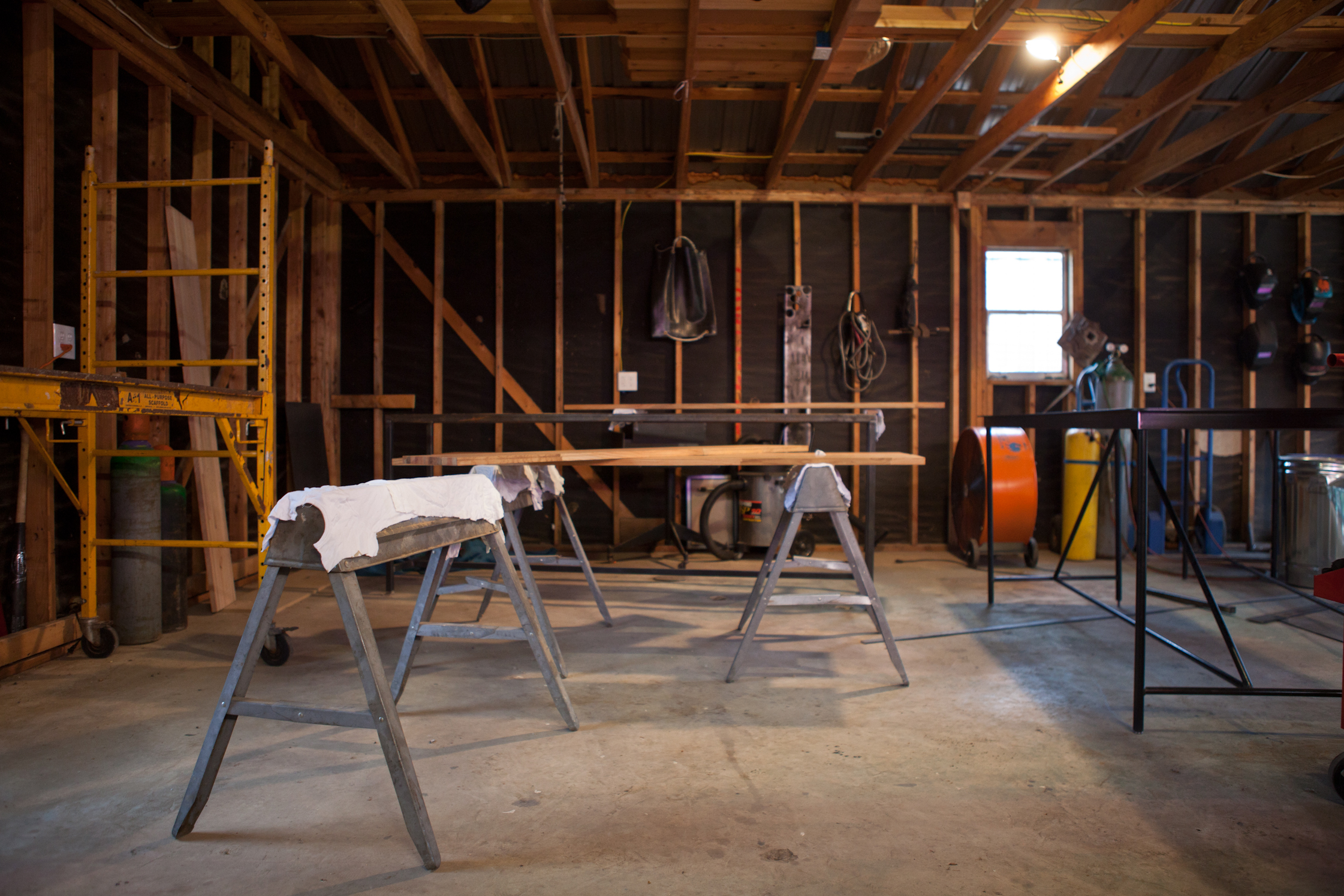
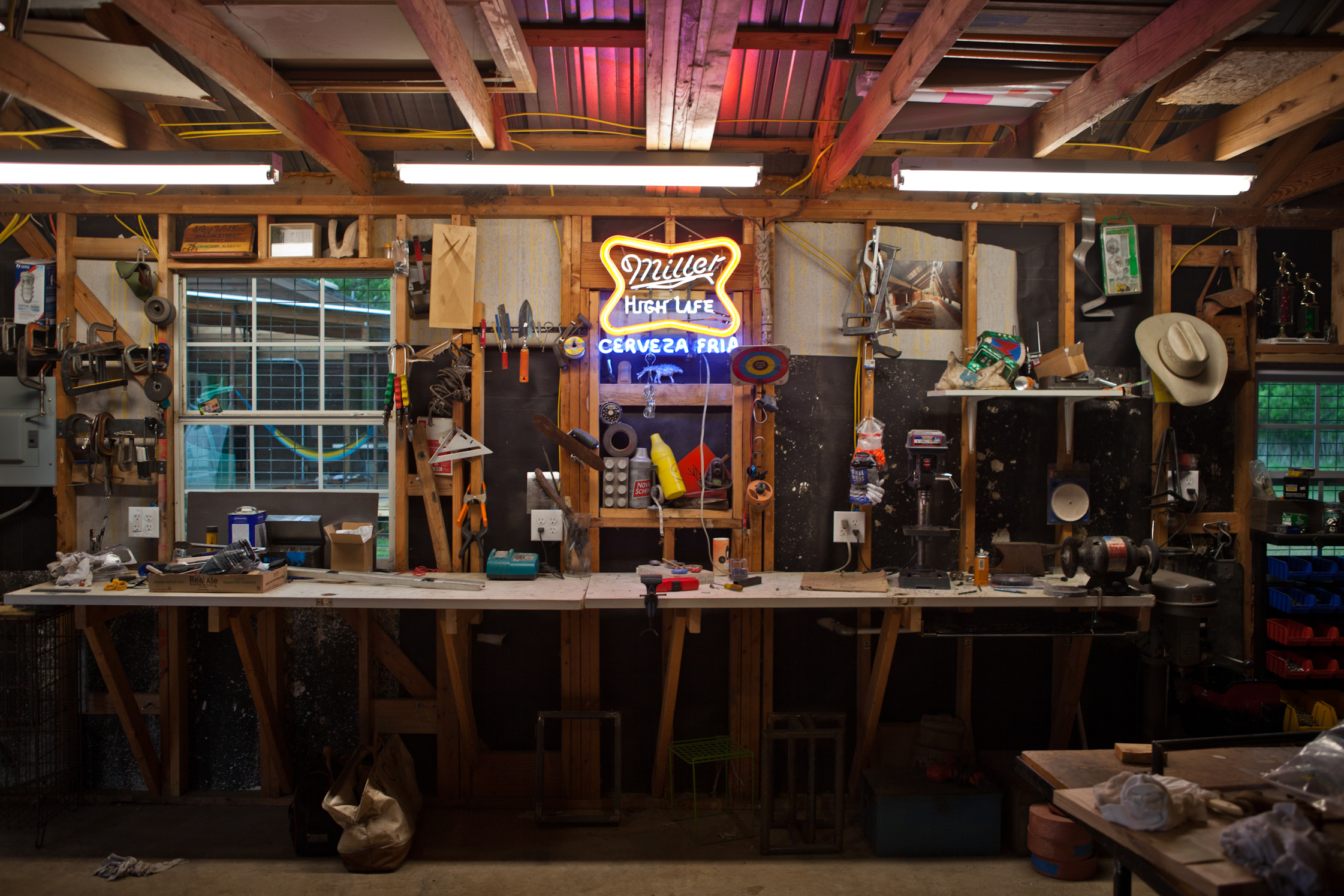
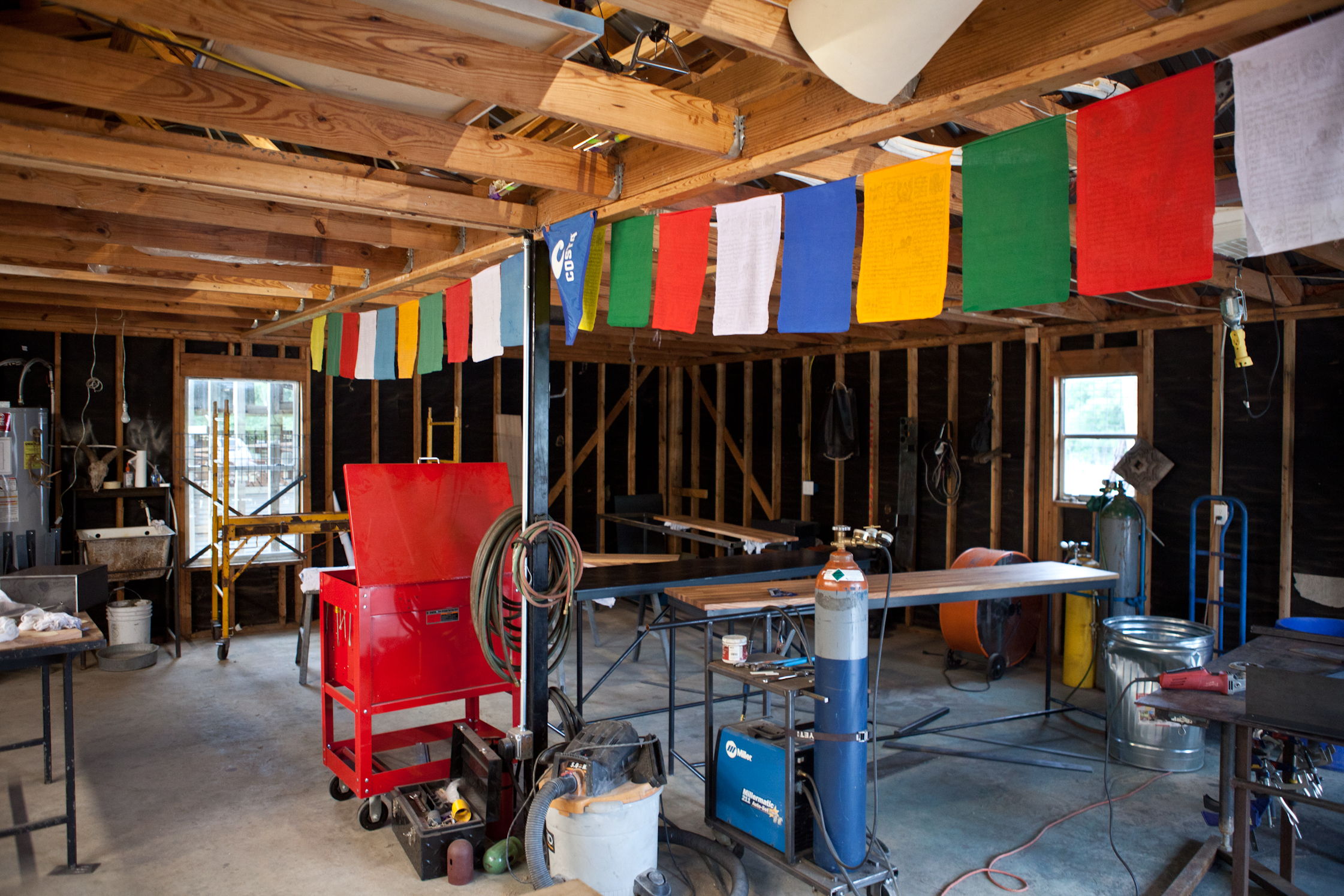
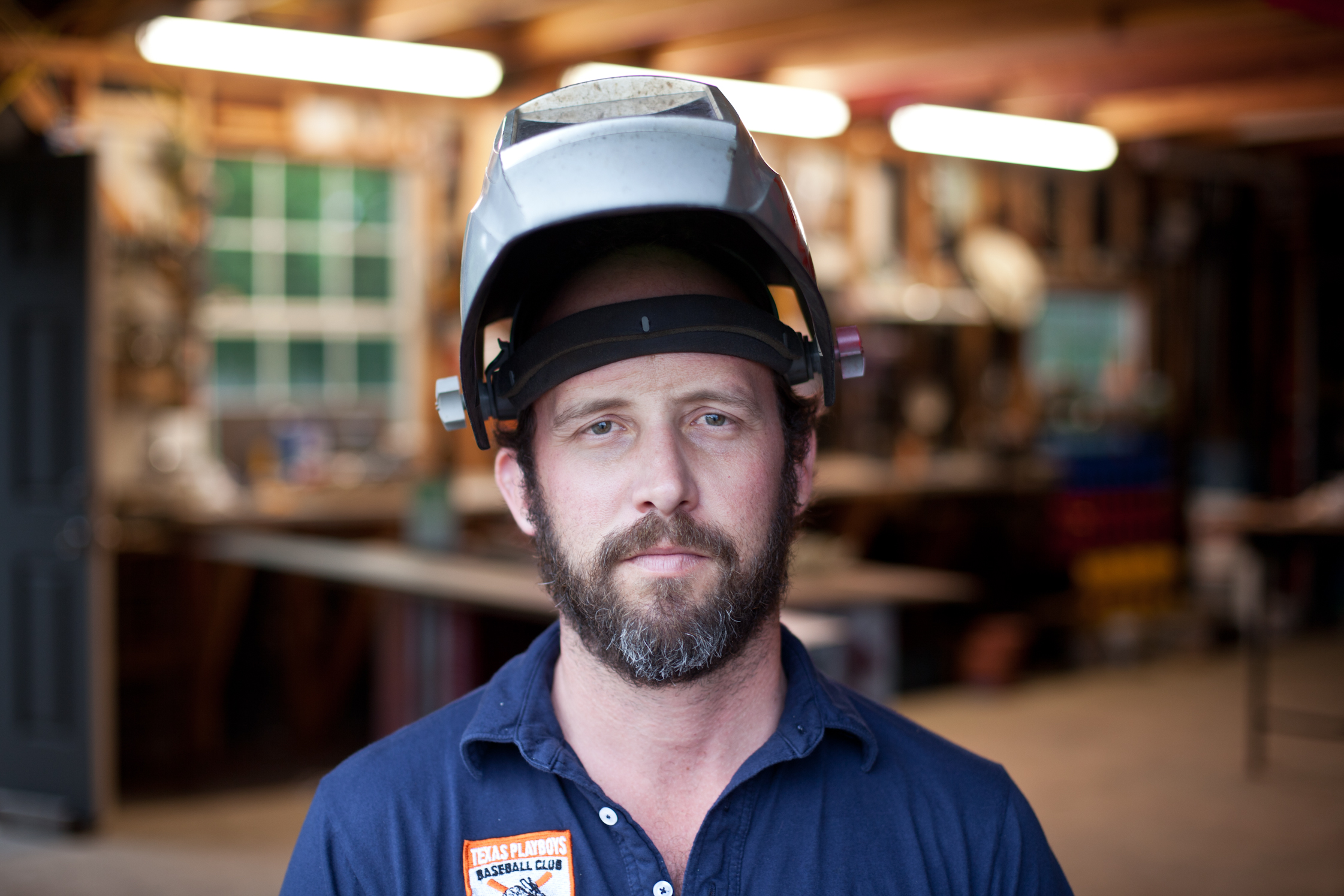
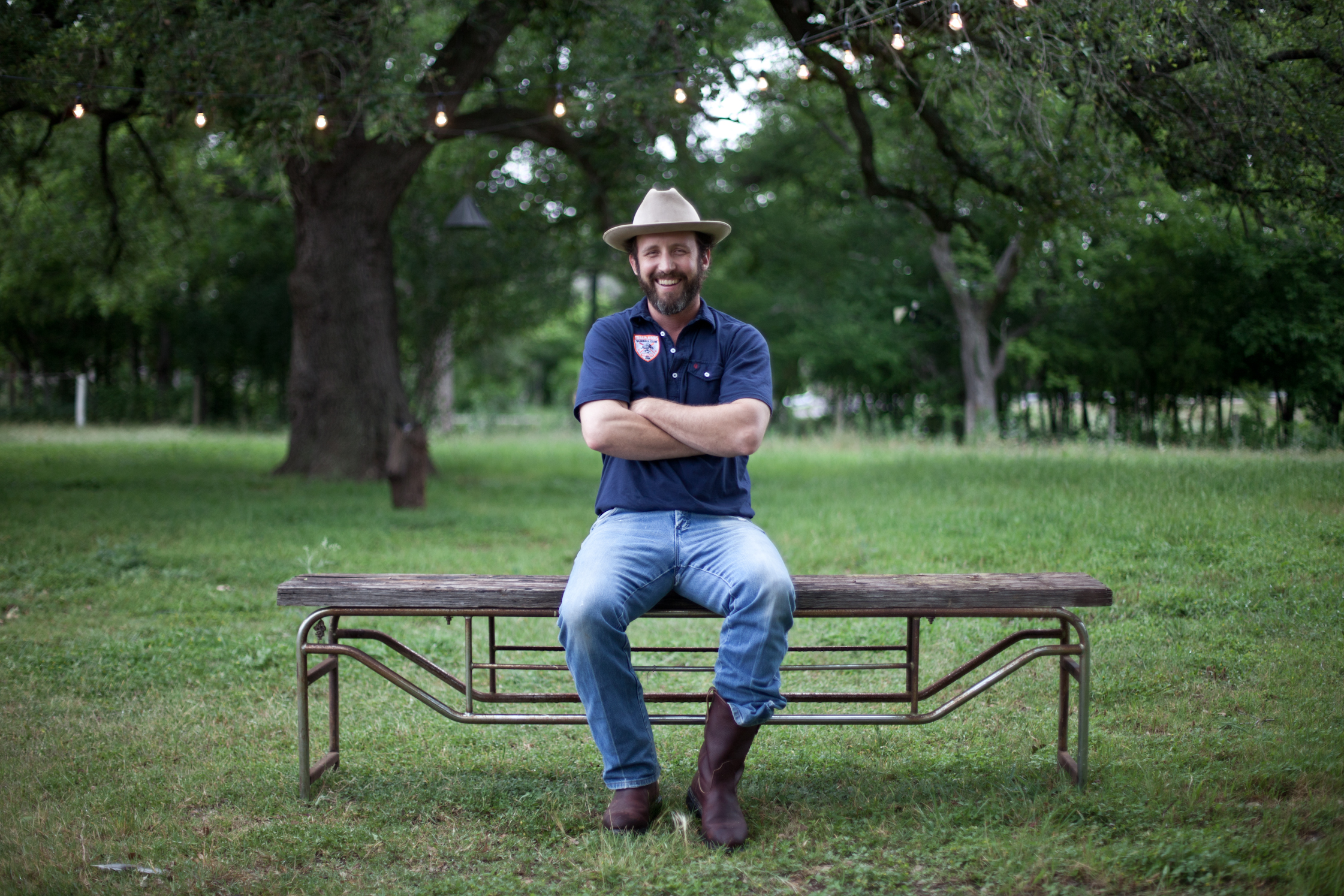
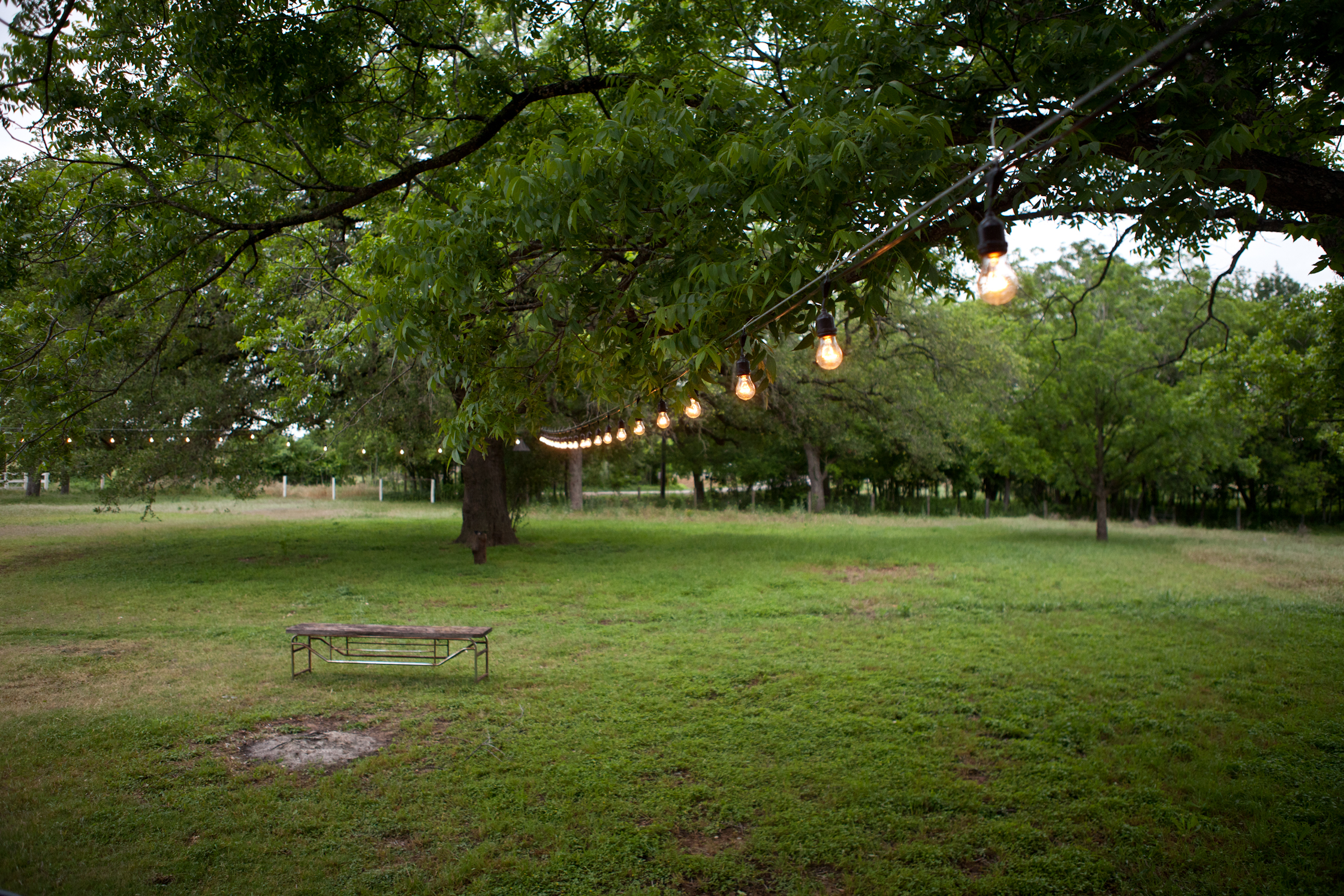
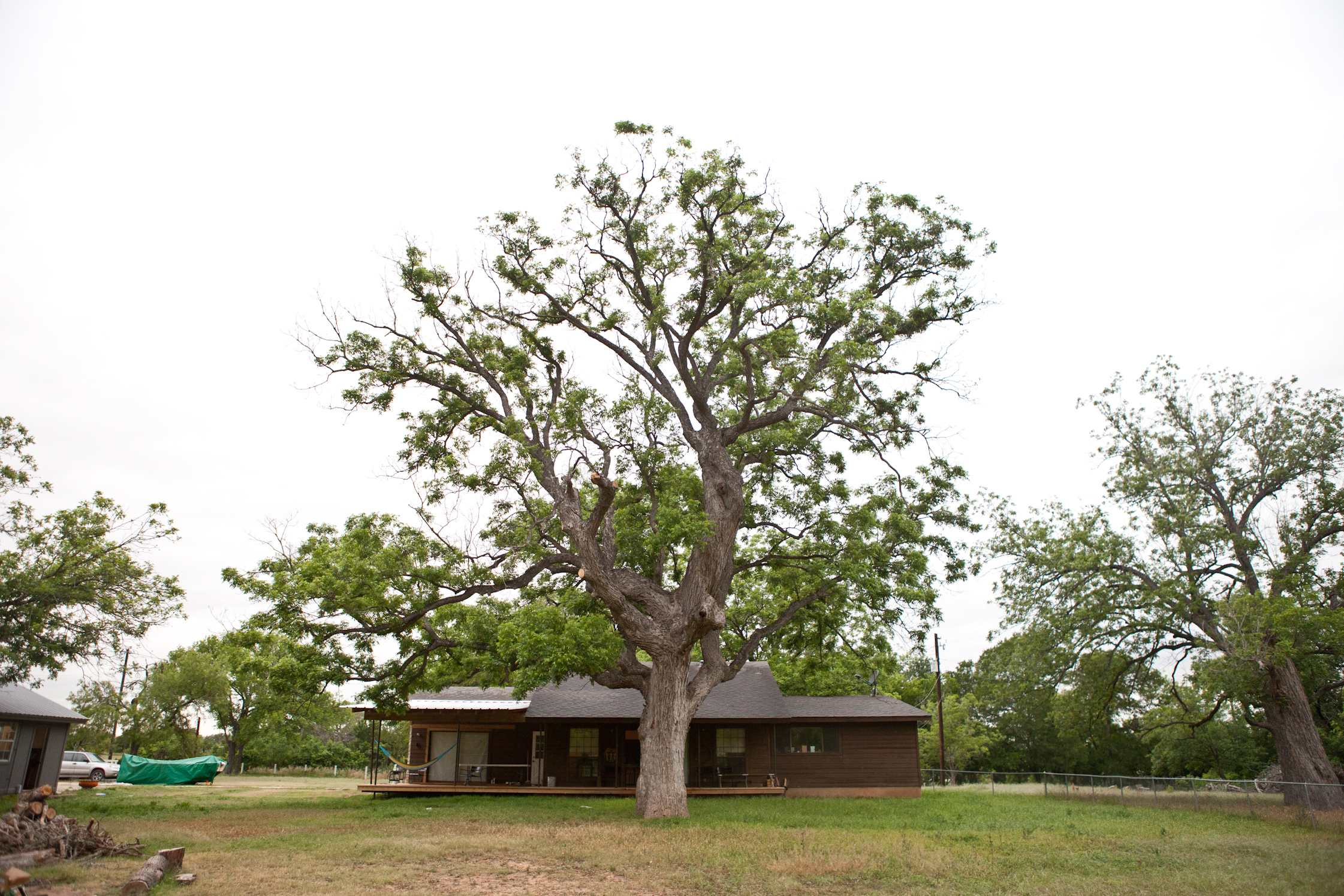
You are an alumni of Auburn University’s rural studio program, under the tutelage of the amazing Sam Mockbee, and have mentioned that much of the sentiment behind Design Build Adventure comes from wanting to recreate your time during the program. Can you elaborate on this?
Rural Studio was the moment for me when it was no longer about a grade, a job, or a certificate. Almost instantly it became about the joy and wonder of learning about people and place, and also, learning about the materials and methods of ‘making’ and solving problems with people and ‘in place.’ Design Build Adventure has always been about authoring a job description that embodied everything I loved about living and working in Hale County, Alabama.
What is slow architecture?
‘Slow Architecture’, in my mind, is no different than slow food. Local, seasonal, and organic.
Much of your work is rooted in collaboration. Can you tell me more about this? What opportunities exist in collaborative projects that don’t otherwise?
My early training in design and architecture left me thinking I had the answer and the ‘real world’ was going to be a competition against other designers. What I’ve learned since, is that if a group of designers are willing to share and work together, the answer or solution that we develop together is almost always ‘more than’ anything I can come up with on my own. It’s always a surprise and the work embodies a little bit of all of us.
What are some future dream projects?
I just hope that people continue to call me and include me in their dreams.
Can you tell me a bit about ‘Far Out’, your first solo art show?
Some of my Design Build Adventure work had led me to remote locations like Marfa or Marathon, Texas where my phone did not work, and the internet connections were sparse. I tried to use that opportunity to draw and sketch. I tried to capture the wonder of the West Texan sky. These ink drawings led to linoleum cut prints of the star-filled sky, and later the discovery of the same mystery and vastness in a tortilla.
Let’s talk about baseball, which seems to be intrinsically connected to everything you do, from your college thesis project to the Texas Playboys team you manage. How do you connect the sport and your work with DBA?
This is a long story. But to keep it brief, while at the Rural Studio I began playing with a team called the Newbern Baseball Club. This type of baseball, I refer to as ‘sandlot’, and it is not limited to Alabama. The Newbern Tigers were a mostly African-American team, and along the borders of Texas – there are great histories of Hispanic sandlot teams as well. This type of baseball, typically in rural and marginalized communities – was one of the ways that these communities passed the time.
Funds raised at these community gatherings were often used to take care of each other, like providing flowers at funerals, or drinks and snacks at a church program. My exposure to ‘sandlot’ baseball has shaped the way I think about everything including architecture and design. I call it the “slow food of sports.” The main basis behind sandlot baseball is to have fun, bring your own personality to your style of play, and most of all, not to let the game – especially poor play – effect you mentally. Meaning, don’t beat yourself up if you strike out or make a fielding error. You will get another chance, and that girl in bleachers was probably not even paying attention.
Can you tell me about how your role in the Marfa, TX concept hotel El Cosmico came about? How did you initially meet Liz Lambert and become involved with the project?
Right place, right time. I had the opportunity to go out to El Cosmico for the first Trans-Pecos Festival of Love and Music set up for the party. We called the party, “See it before it is there,” and some of those first moves like the fire pit and the bar are still centerpieces of the current set-up. Liz Lambert is the ideal Design Build Adventure client. She is a dreamer, an adventurer, and her extremely talented team uses what we call the ‘design-build-design-build-design-build’ process, which means you continually look for opportunities to grow and make things better.
You must know Marfa and the West Texan landscape extremely well. Is there anything special you have experienced during time spent there?
I have seen the Marfa lights.
How long have you lived in Austin? What are your favorite places in town?
I have lived in Austin since 2004. I love Justine’s, Hotel San Jose, Julio’s on Duval, and Wheatsville Coop.
Most times I’ve seen you, you have been wearing an LBJ hat and work overalls, which are obviously practical for your work but seem also to be your own personal uniform. Is this intentional? Tell me a bit about your personal aesthetic and style.
The LBJ hat is a Stetson Open Road and it’s an essential part of the uniform. But I only like the felt Stetson. For the warmer months I wear a custom palm leaf that is shaped like the Open Road. I once ran into an older cowboy who told me I was too young to be wearing this hat – a hat with a small brim. He said “you can’t wear that hat until you are “off horse”.
Do you feel like your work is intrinsically connected with Texas? You comment widely on a sense of place, working with what you have, understanding your surroundings, and contextualizing your own space and resources. Do you feel like your interest is located within the culture and opportunities of your state?
My favorite building materials are reclaimed oil pipes, and sucker rod. I like working with materials that are used in the oil drilling process that find their way to ranch supply stores and steel yards across the state, that are then typically re-purposed in fencing, corrals, and barns. This is so Texas.
Where do you travel for holidays or for weekend getaways?
There are no limits here; my mom is a Virgin Galactic Space Agent.
What are your favorite belongings?
I love the art that my wife and I have collected on our travels, the art of our friends, and arrowheads, fossils, and 60 million year old shark teeth.
How do you get around town?
This is Texas. I have a pick-up truck, of course. Chevy Silverado Crew Cab.
Jack it has been fantastic to explore your piece of Texas and hear about your design work and explorations into the West Texan landscape. To find out more about about Design Build Adventure visit the website here.
Photography: Michael A. Muller
Interview & Text: Leigh Patterson
